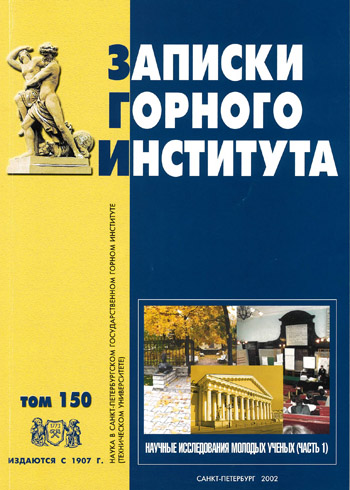Phylogeny and developmental phases of the Campanian-Maastrichtian foraminifers of the Baltic region
- Master’s degree student, research assistant G.V. Plekhanov Saint Petersburg Mining University
Abstract
The work is based on the study of core material provided by employees of VSEGEI. The section interval of 75 m was sampled. The material comes from sediments (presumably from the Cenomanian-Maastrichtian age) uncovered by well 33 (Prichaly village) in the Kaliningrad Region. The Late Cretaceous epoch was very favorable for the development of benthic foraminifer fauna. The peculiarities of benthic foraminifer complexes are closely related to the phases of basin development. Their changes were manifested at the species and partly at the genus level, which is represented by specific phylo-genes. For the detailed stratigraphy of the basin, phylogenetic series related to each other by gradual transitions, usual for species of the same genetic branch. The phylogeny of benthic foraminifers was established for each phase of basin development. Based on literary sources and studies conducted in the course of the work, the Late Cretaceous Campan-Maastrichtian phase of basin development was identified, in which two phylogenetic series of the genus Gavelinella are distinguished and one series is composed of the species group of the genus Brotzinella.
